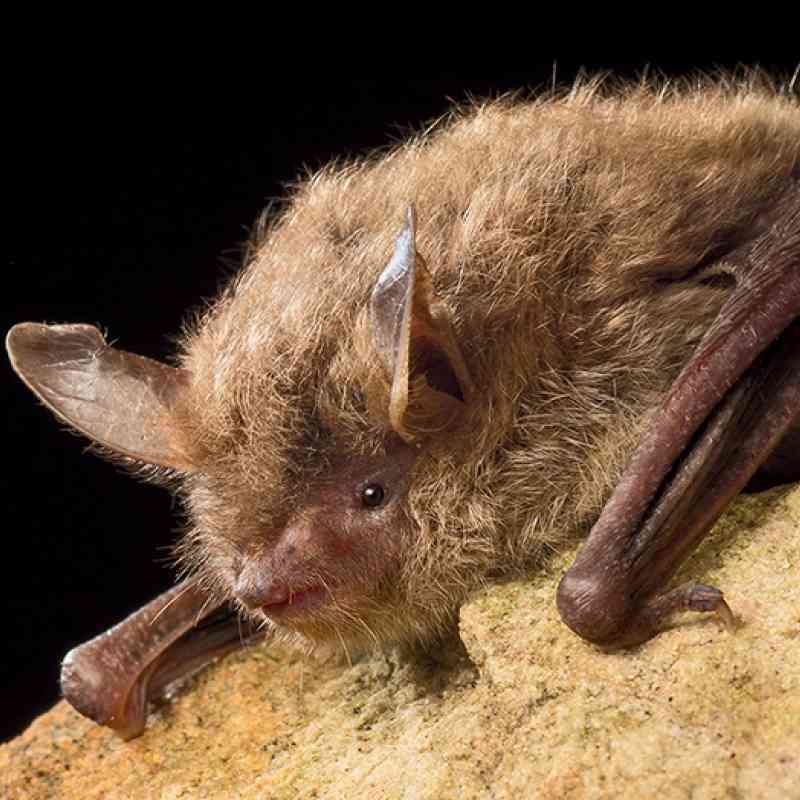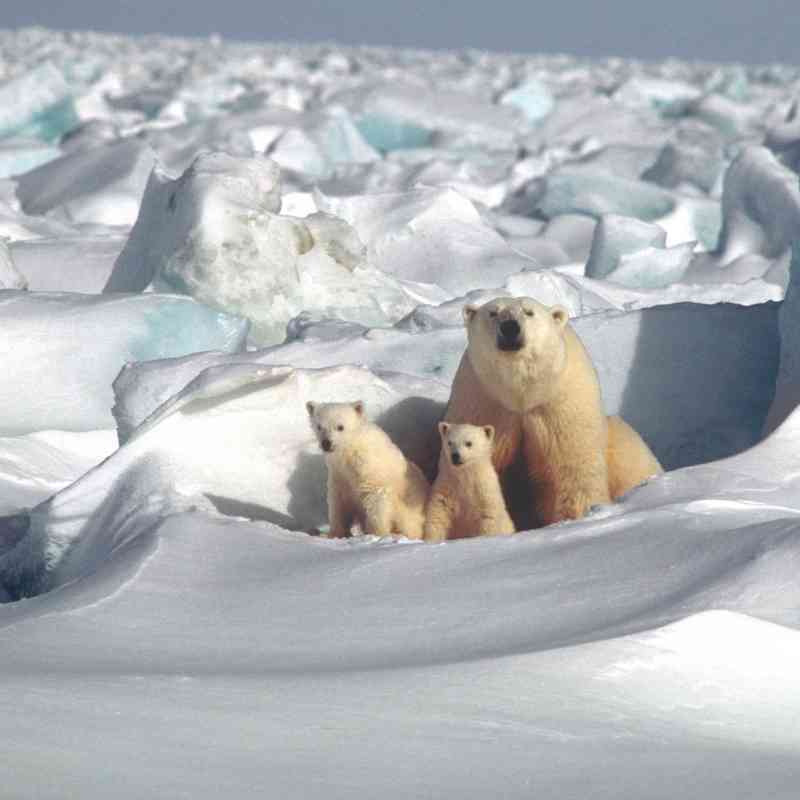TweetAfter years of Interior bills laden with anti-environmental riders and anemic funding levels for crucial conservation programs, a new day has dawned with this environmentally progressive Interior appropriations bill. This bill begins to restore the significant damage done to wildlife policy, especially over the past two years.
The House of Representatives Committee on Appropriations passed its Fiscal Year 2020 Interior and Environment spending bill out of committee today. This environmentally progressive bill now moves to the House floor for a vote by the full chamber.
Robert Dewey, Vice President of Government Relations for Defenders of Wildlife, issued the following statement:
“After years of Interior bills laden with anti-environmental riders and anemic funding levels for crucial conservation programs, a new day has dawned with this environmentally progressive Interior appropriations bill. This bill begins to restore the significant damage done to wildlife policy, especially over the past two years.
“It calls out the untenable revenue projections used to sneak an Arctic National Wildlife Refuge drilling provision into the 2017 Tax Act, protects greater sage-grouse and provides a significant boost in desperately needed funding for the Endangered Species Act and the wildlife that depends upon this seminal law for survival. It also provides funding increases for national wildlife refuges and other public lands, as well as crucial science and climate change programs that support wildlife conservation, some of which this administration sought to zero out or hamstring through restructuring. Importantly, the bill makes clear that it rejects the ill-advised and harmful reorganization proposed by the Department of the Interior and even claws back some of the funding appropriated for that misguided effort in the FY 2019 bill.”
“Our nation’s wildlife is increasingly threatened by habitat loss, climate change and invasive species, never so starkly described than in the publication of the comprehensive Global Assessment Report by the Intergovernmental Science-Policy Platform on Biodiversity and Ecosystem Services, which found that one million species are at risk of extinction. That report makes clear that transformative changes are urgently needed to address what scientists widely consider our planet’s sixth mass extinction. We thank the committee for acting swiftly on this evidence to protect and restore wildlife by funding programs to preserve species and habitat.”
Defenders of Wildlife is celebrating 75 years of protecting all native animals and plants in their natural communities. With a nationwide network of nearly 2.2 million members and activists, Defenders of Wildlife is a leading advocate for innovative solutions to safeguard our wildlife heritage for generations to come. For more information, visit defenders.org/newsroom and follow us on Twitter @Defenders.

